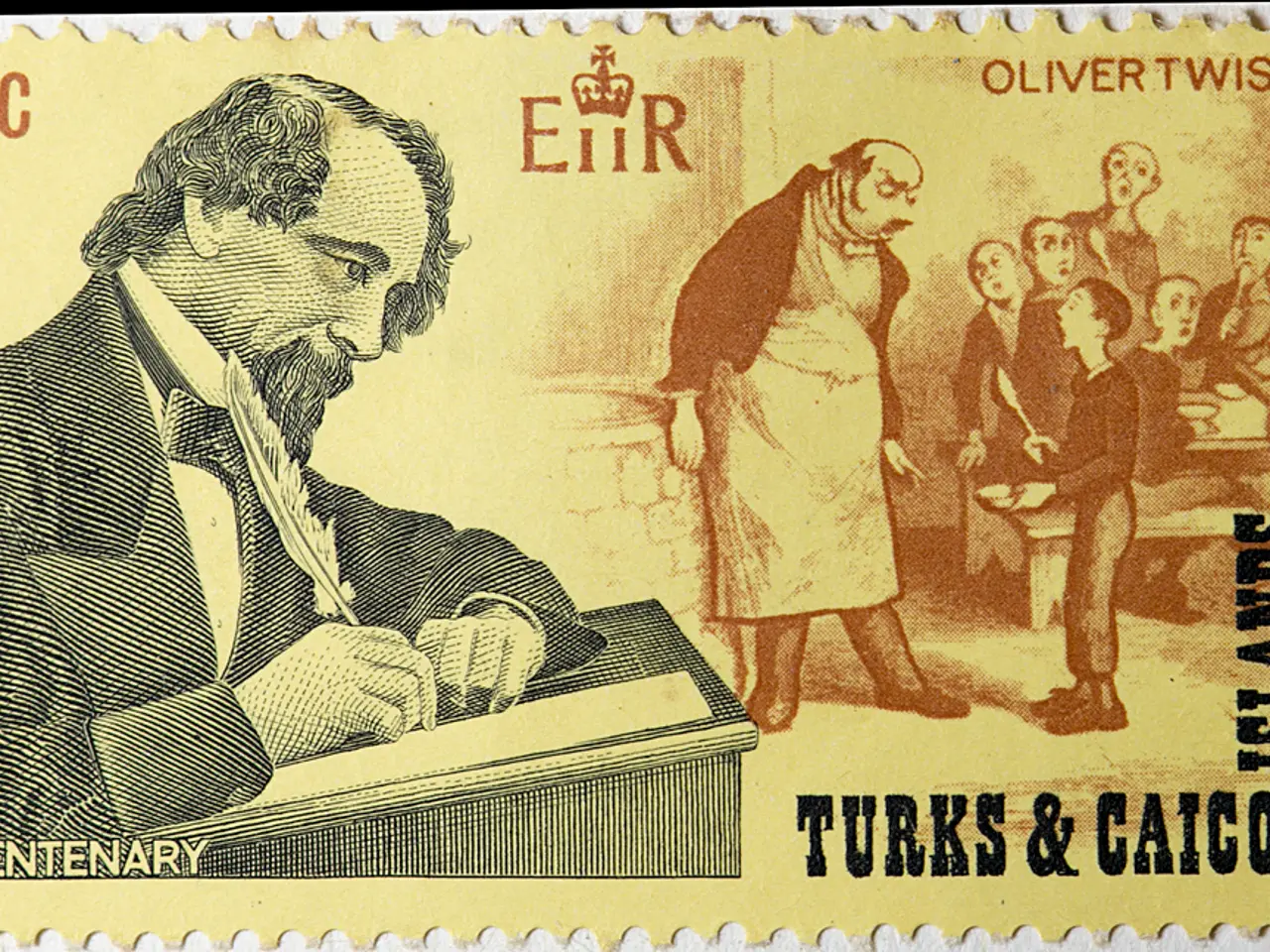Terminate Unwanted Emails: Methods and Services to Opt-Out of USPS Unsolicited Mail
In today's digital age, junk mail continues to clutter our mailboxes, contributing significantly to environmental waste. However, with a few proactive steps, you can effectively reduce the amount of unwanted mail you receive. This article explores various methods to manage your mailbox, protect your privacy, and contribute to a greener planet.
Firstly, the United States Postal Service (USPS) offers several services to help combat junk mail. By opting out of preapproved credit offers, you can significantly reduce the volume of unsolicited mail. Visit the official opt-out website or call the opt-out number provided in these offers to exercise this right. Additionally, USPS's Informed Delivery service allows you to digitally preview incoming mail, helping you identify and manage unwanted mail promptly.
Project Safe Delivery, an initiative by the USPS, focuses on mail security and fraud prevention. By reporting suspicious mail activity, you can help USPS curb fraudulent mailings. Furthermore, educating yourself on fraud prevention measures provided by USPS and the Postal Inspection Service can indirectly reduce junk mail.
Beyond USPS services, registering with the Direct Marketing Association’s (DMA) mail preference service, DMAchoice, allows you to remove your name from many direct mail lists. For persistent junk mailers, contacting them directly and requesting removal from their mailing lists is another effective option. Recycling unwanted mail properly is also crucial to reduce environmental impact.
Limit the number of times you provide your mailing address online or to retailers to minimise unsolicited mail. Opting for paperless billing and communications wherever possible can further reduce physical mail. Utilising technology tools for digital communications can help you block unwanted calls, emails, and now, with the right strategies, junk mail.
Using browser privacy settings, ad blocker browser extensions, and adjusting personalised ad preferences on major platforms like Google and Facebook can help reduce unwanted ads and thus lessen junk mail. Digital opt-outs don't directly cut down on junk mail, but they can help by limiting the data used for targeted marketing.
For charity mail, asking for updates once a year instead of every month, wanting emails instead of paper mail, and telling them how you prefer to get updates can help reduce junk mail. Catalog Choice, a non-profit organisation, has over 9,000 marketing catalogues in their database and allows users to submit opt-out requests directly through their platform.
Third-party mail blocking services can help manage your mailing preferences on different platforms to cut down on junk mail. The Federal Trade Commission (FTC), Privacy Rights Clearinghouse, Direct Marketing Association, and websites like USA.gov and the USPS site have resources to help with managing junk mail and protecting privacy.
Opting out of junk mail can lower the risk of personal information being exposed and thus make you less likely to be a victim of identity theft. It is possible to manage Google Ad Settings and Facebook advertising preferences to cut down on ads and prevent data collection. The DMAchoice service helps manage direct mail and cut down on ads, offering a 10-year opt-out period for a $2 fee.
In conclusion, by combining these USPS services with proactive personal measures, you can effectively reduce the amount of junk mail you receive. A cleaner inbox not only saves you time and effort but also contributes to a greener planet by reducing environmental waste.
- The USPS offers opt-out services for preapproved credit offers to help combat junk mail.
- USPS's Informed Delivery service allows users to digitally preview incoming mail, aiding in managing unwanted mail.
- Project Safe Delivery, an initiative by the USPS, focuses on mail security and fraud prevention, helping users report suspicious mail activity.
- Registering with the DMA's mail preference service, DMAchoice, allows you to remove your name from many direct mail lists.
- For persistent junk mailers, contacting them directly and requesting removal from their mailing lists is another effective option.
- Using browser privacy settings, ad blocker browser extensions, and adjusting personalized ad preferences on platforms like Google and Facebook can help reduce unwanted ads.
- Third-party mail blocking services can help manage mailing preferences across different platforms, thereby cutting down on junk mail.
- Opting out of junk mail can lower the risk of personal information being exposed, making you less likely to be a victim of identity theft, and contributing to a cleaner inbox and a greener planet.




